Country Idyll
Jan Styka
- ID
- Ж-1574
- Author
- Jan Styka
- Name
- Country Idyll
- Country
- Italy
- Technique
- oil painting
- Material
- canvas
- Dimensions (height x width, cm)
- 73 x 36.5
- Type
- painting
- Genre
- genre art
- Provenance
- Collection of Boleslaw Orzechowicz
Jan Styka

Windy
Bartolomeo Pinelli

Melamed (Teacher)
Leopold Levytskyi

Portrait of Franciscus van der Ee
Pieter Paul Rubens (circle)
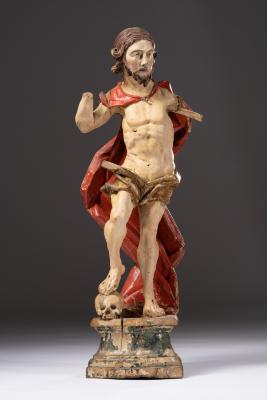
Christ
unknown

Composition
Arnold Sharhorodskyi

Mater Dolorosa
unknown

Girl with a Sickle
Yaroslava Muzyka

Birds
Yaroslava Muzyka

Saint with a Papal Tiara
unknown
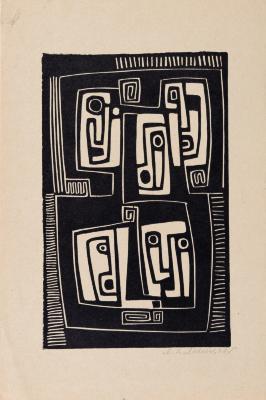
"Masks" from the "Women" Series
Leopold Levytskyi
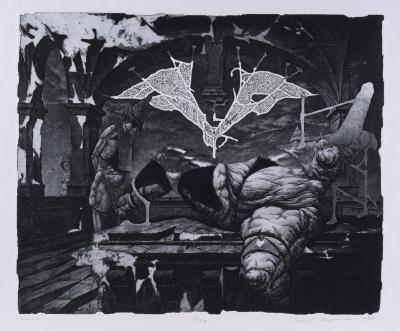
Danae
Ihor Podolchak
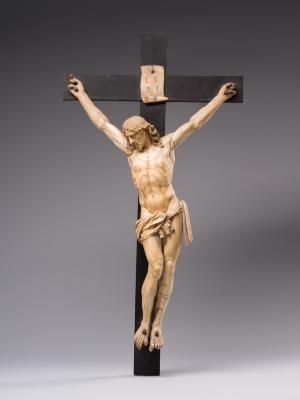
Crucifixion
unknown (Spanish School)
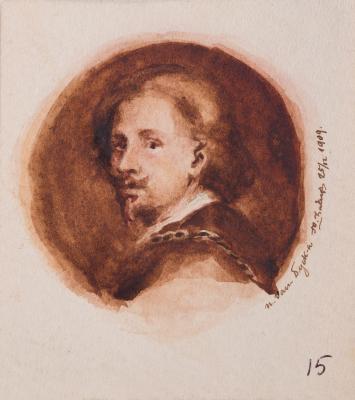
Drawing of a Man's Bust
Yulian Zaiats

Portrait of Zygmunt Krasinski
unknown
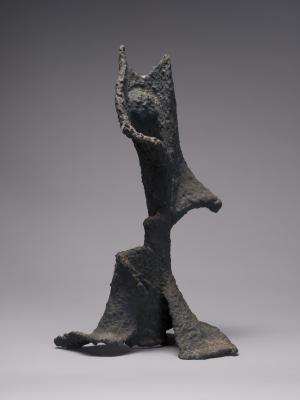
Abstract Plastic Shape. Female Figure
Mykhailo Dzyndra